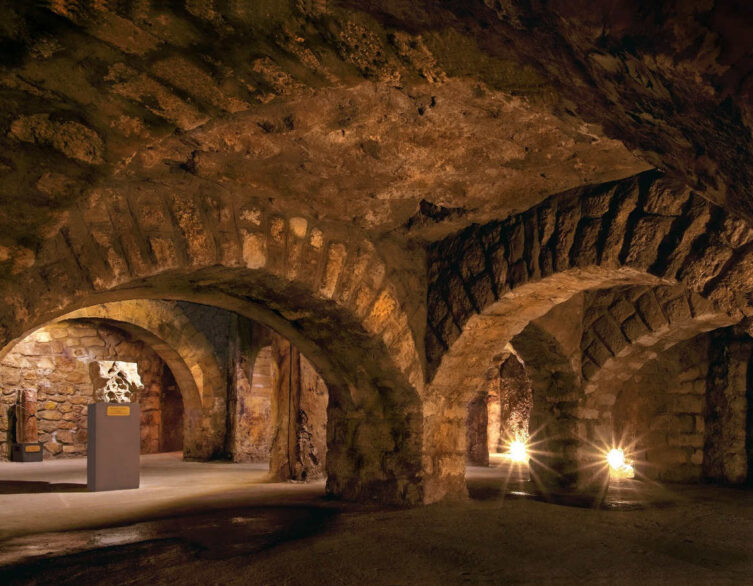Unveiling the Mysteries of the Labyrinth: A Journey Through Budapest’s Underground History

Hidden beneath the majestic Buda Castle Hill in Budapest lies a fascinating attraction that has captivated visitors for centuries – the Labyrinth. This intricate network of caves and tunnels has served various purposes throughout history, from providing shelter and storage to functioning as a prison. Today, the Labyrinth offers a unique glimpse into the rich history and architecture of Budapest, making it a must-visit destination for foreign tourists exploring Hungary.
Historical Significance
The Labyrinth has been an integral part of Budapest’s history since the Middle Ages. During times of war and unrest, the underground passages provided a safe haven for the city’s inhabitants. The caves also served as wine cellars and storage spaces during peacetime. Throughout the centuries, the Labyrinth has borne witness to the reigns of notable Hungarian rulers, such as Sigismund of Luxemburg and Matthias I, whose palaces once stood above the subterranean network.
Architectural Wonders
As you navigate the winding corridors and vaulted rooms of the Labyrinth, you’ll encounter a diverse array of architectural styles spanning several eras. Gothic and Renaissance stone monuments, as well as Turkish tombstones, adorn the passages, offering a visual timeline of Budapest’s history. The Labyrinth also houses an impressive collection of medieval stonework, including the famous red marble parapet from King Matthias’ palace, showcasing the exceptional craftsmanship of the city’s stonemasons.
Exhibitions and Attractions
The Labyrinth features several captivating exhibitions that bring Budapest’s past to life. The Hall of Statues of Hungarian Kings presents a series of prestigious rulers, from Saint Stephen to King Matthias, allowing visitors to connect with the country’s rich royal heritage. The Cave Exhibition showcases stunning photographs and reports from adventurers and photographers, highlighting some of the world’s most beautiful caves. Additionally, the Waxworks of the Opera pays homage to the Buda Castle’s musical legacy, with meticulously recreated scenes from famous operas.
Best deals of Budapest
Getting There
The Labyrinth is conveniently located in the heart of Budapest, within the Buda Castle district. Visitors can reach the attraction by taking the Buda Castle Funicular from Clark Ádám Square or by walking up the picturesque streets leading to the castle. The entrance to the Labyrinth is situated near the junction of Uri, Hajadon, and Tárnok Streets.
Nearby Attractions
While exploring the Labyrinth, be sure to visit some of the other remarkable attractions in the vicinity. The Buda Castle itself is a stunning example of Baroque architecture and houses several museums, including the Hungarian National Gallery and the Budapest History Museum. The Fisherman’s Bastion, with its fairy-tale turrets and breathtaking views of the Danube River and Pest, is another must-see landmark just a short walk from the Labyrinth.
The Labyrinth in Budapest is a testament to the city’s rich history and architectural heritage. As you descend into the depths of the Buda Castle Hill, you’ll embark on an unforgettable journey through time, encountering the remnants of medieval palaces, Turkish influences, and centuries-old craftsmanship. Whether you’re a history buff, an architecture enthusiast, or simply seeking a unique experience, the Labyrinth promises to be a highlight of your visit to Hungary’s captivating capital.
Image source: https://labirintus.eu/en/
Related news





















